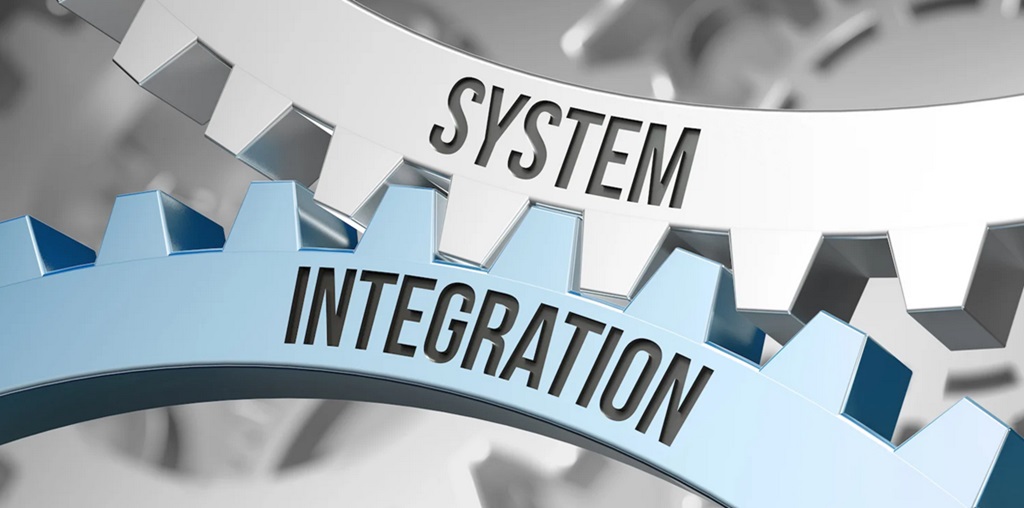
System integration refers to the process of bringing together different computing systems and software applications physically or functionally to act as a coordinated whole. It involves ensuring that various subsystems work together seamlessly to improve productivity, quality of operations, and efficiency. Here are some key aspects and steps involved in system integration:
Key Aspects of System Integration
- Interoperability: Ensuring that different systems and software can communicate and work together without issues.
- Data Integration: Combining data from different sources to provide a unified view.
- Application Integration: Enabling various applications to work together within a larger system.
- Process Integration: Aligning business processes across different systems.
- Security Integration: Ensuring that integrated systems maintain security protocols and protect sensitive information.
Steps Involved in System Integration
-
Requirement Analysis:
- Identify the needs and goals for integration.
- Define the scope and objectives of the integration project.
-
System Assessment:
- Evaluate the existing systems and software.
- Understand the architecture, capabilities, and limitations of each system.
-
Integration Design:
- Plan the architecture of the integrated system.
- Choose the appropriate integration method (e.g., point-to-point, middleware, Enterprise Service Bus (ESB), etc.).
- Design data flow and interaction models.
-
Implementation:
- Develop and configure the integration components.
- Implement APIs, middleware, or other necessary tools to connect systems.
- Develop data transformation and mapping scripts.
-
Testing:
- Conduct integration testing to ensure systems work together as intended.
- Perform user acceptance testing (UAT) to validate that the integrated system meets business needs.
-
Deployment:
- Roll out the integrated system into the production environment.
- Monitor the deployment to ensure it operates smoothly.
-
Maintenance and Support:
- Provide ongoing support to address any issues.
- Regularly update and maintain the integrated system to adapt to new requirements or changes in the environment.
Methods of System Integration
- Point-to-Point Integration: Direct connections between systems; simple but can become complex with many systems.
- Middleware: Software that acts as a bridge between different applications, facilitating communication and data exchange.
- Enterprise Service Bus (ESB): A centralized bus that enables different systems to communicate through a common platform.
- Web Services and APIs: Using web services or APIs to enable systems to communicate over a network.
- Cloud-Based Integration: Leveraging cloud services to integrate systems across different environments.
Challenges in System Integration
- Complexity: Integrating multiple systems can be technically challenging and complex.
- Data Silos: Ensuring data is consistently and accurately shared between systems.
- Security: Maintaining data security and compliance throughout the integration process.
- Scalability: Ensuring the integrated system can scale with the organization’s growth.
- Cost: Managing the costs associated with integration efforts.
Best Practices
- Clear Objectives: Define clear goals and requirements for the integration project.
- Strong Governance: Establish governance to oversee the integration process.
- Standardization: Use standardized protocols and data formats to simplify integration.
- Scalable Architecture: Design the integration architecture to be scalable and flexible.
- Documentation: Maintain comprehensive documentation of the integration process and configurations.
- Continuous Monitoring: Regularly monitor the integrated system for performance and issues.
By following these principles and steps, organizations can achieve effective system integration, leading to enhanced performance, streamlined processes, and better decision-making capabilities.